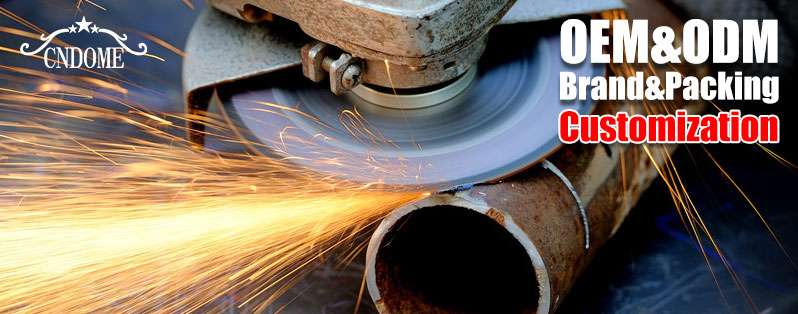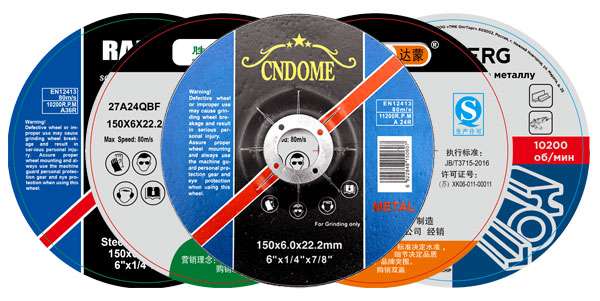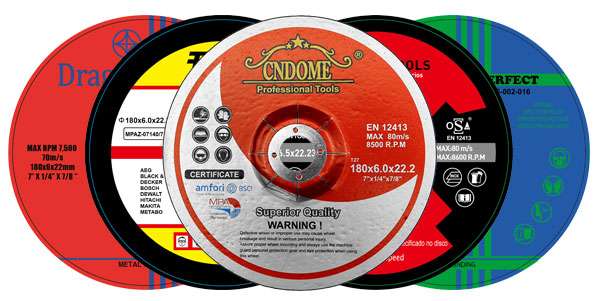When it comes to working with stainless steel, selecting the right grinding disc is crucial for achieving optimal results. Stainless steel, known for its corrosion resistance and strength, requires specific abrasives that can handle its unique properties. In this guide, we’ll explore the types of grinding discs best suited for stainless steel, their applications, and tips for maximizing performance.
Types of Grinding Discs for Stainless Steel
Alumina Oxide Discs
- Best For: General grinding and finishing.
- Features: Durable and versatile, alumina oxide discs provide a good balance of performance and cost-effectiveness. They work well for various stainless steel grades.
Zirconia Alumina Discs
- Best For: Heavy grinding and high-pressure applications.
- Features: These discs have a longer lifespan and can handle tougher materials. Zirconia alumina is particularly effective for removing welds and surface imperfections.
Ceramic Discs
- Best For: Heavy-duty grinding and demanding applications.
- Features: Ceramic discs excel in high heat applications and are perfect for stainless steel. They offer exceptional durability and are great for continuous grinding.
Silicon Carbide Discs
- Best For: Finishing and polishing.
- Features: While not as common for heavy grinding, silicon carbide discs are ideal for achieving a fine finish on stainless steel surfaces. They are excellent for deburring and edge grinding.
Applications of Grinding Discs for Stainless Steel
- Weld Preparation: Grinding discs can effectively remove welds and prepare surfaces for further processing or finishing.
- Deburring: After cutting or machining stainless steel, discs are used to remove sharp edges and burrs for safety and aesthetic reasons.
- Surface Finishing: Achieving a smooth and polished finish is vital for stainless steel products, especially in industries like food processing and pharmaceuticals.
- Rust Removal: Grinding discs can also be used to eliminate rust and oxidation, restoring the original appearance of stainless steel surfaces.
Tips for Maximizing Performance
- Choose the Right Grit: For initial grinding, start with a coarser grit (40-60), and then move to finer grits (80-120) for finishing.
- Use the Right Speed: Ensure your grinding disc operates within the recommended RPM for optimal performance and safety.
- Apply Even Pressure: Distribute pressure evenly across the disc to prevent uneven wear and prolong its life.
- Keep It Cool: Use a cooling agent or periodically pause to prevent overheating, which can damage both the disc and the workpiece.
Safety Considerations
Always wear appropriate personal protective equipment (PPE), including safety glasses, gloves, and a dust mask, when using grinding discs. Ensure that your equipment is in good condition and follow all manufacturer instructions for safe operation.
Conclusion
Grinding discs are essential tools for working with stainless steel, offering various options for different applications and requirements. By understanding the types of discs available and how to use them effectively, you can achieve superior results in your stainless steel projects. Whether you’re a professional fabricator or a DIY enthusiast, choosing the right grinding disc will make all the difference in your work.



